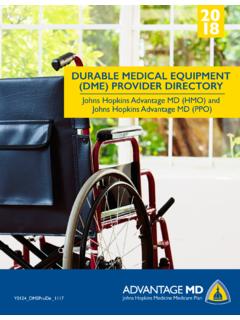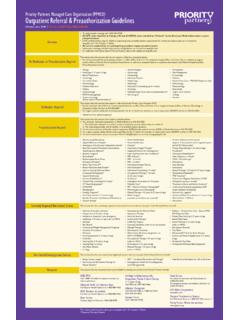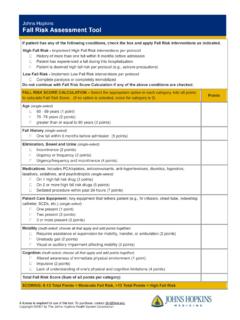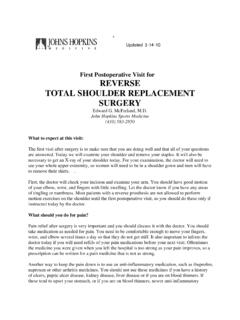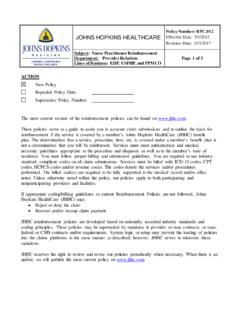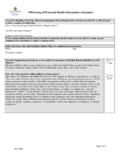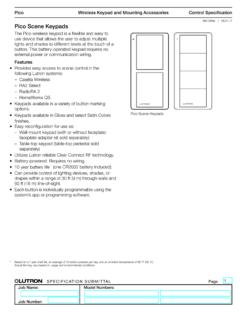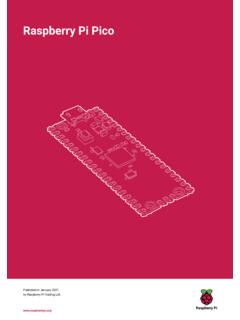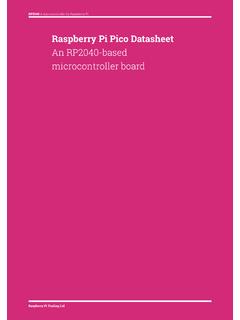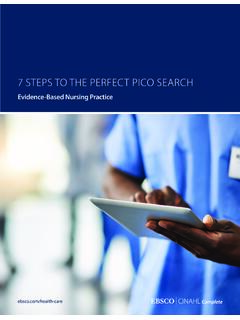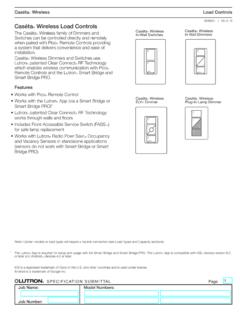Transcription of Johns Hopkins Nursing Evidence-Based Practice Appendix B ...
1 The Johns Hopkins Hospital/ Johns Hopkins University. May not be used or reprinted without permission. Johns Hopkins Nursing Evidence-Based Practice Appendix B: Question Development Tool 1. What is the problem and why is it important? 2. What is the current Practice ? 3. What is the focus of the problem? Clinical Educational Administrative 4. How was the problem identified? (Check all that apply) Safety/risk management concerns Quality concerns (efficiency, effectiveness, timeliness, equity, patient-centeredness) Unsatisfactory patient, staff, or organizational outcomes Variations in Practice within the setting Variations in Practice compared with external organizations Evidence validation for current Practice Financial concerns 5.
2 What is the scope of the problem? Individual Population Institution/system 6. What are the pico components? P (Patient, population, problem): I (Intervention): C (Comparison with other interventions, if applicable): O (Outcomes that include metrics for evaluating results): 7. Initial EBP question: 8. List possible search terms, databases to search, and search strategies: 9. What evidence must be gathered? (Check all that apply) Literature search Standards (regulatory, professional, community) Guidelines Expert opinion Patient/family preferences Clinical expertise Organizational data The Johns Hopkins Hospital/ Johns Hopkins University.
3 May not be used or reprinted without permission. Johns Hopkins Nursing Evidence-Based Practice Appendix B: Question Development Tool Directions for Use of the Question Development Tool Purpose: This form is used to develop an answerable question and to guide the team in the evidence search process. The question, search terms and strategy, and sources of evidence can be revised as the EBP team refines the EBP project focus. What is the problem and why is it important? Indicate why the project was undertaken. What led the team to seek evidence? Make sure the problem statement defines the actual problem and does not include a solution statement.
4 What is the current Practice ? Define the current Practice as it relates to the problem. What is the focus of the problem? Is the problem a clinical concern ( , preventing blood stream infections); an educational concern ( , discharge teaching for patients); or an administrative concern ( , safety of 12-hour Nursing shifts)? How was the problem identified? Check the statements that describe how the problem was identified. What is the scope of the problem? Does the problem look at an individual ( , clinician, patient, family member); a population ( , adult cardiac patients, recovery room nurses); or an institution/system ( , patient transportation, patient or staff satisfaction)?
5 What are the pico components? P (patient, population, problem) , age, sex, setting, ethnicity, condition, disease, type of patient, or population I (intervention) , treatment, medications, education, diagnostic tests or best Practice (s) C (comparison with other interventions or current Practice ) may not be applicable if your question is looking for best Practice . O (outcome) stated in measurable terms, expected outcomes based on the intervention identified, , decrease in fall rate, decrease in length of stay, increase in patient satisfaction. Initial EBP Question.
6 A starting question that can be refined and adjusted as the team searches through the literature. List possible search terms. Using pico components and the initial EBP question, list relevant terms to begin the evidence search. Terms can be added or adjusted as the evidence search continues. Document the search terms, strategy, and databases searched in sufficient detail for replication. What evidence must be gathered? Check the types of evidence the team will gather based on the pico and initial EBP question.
